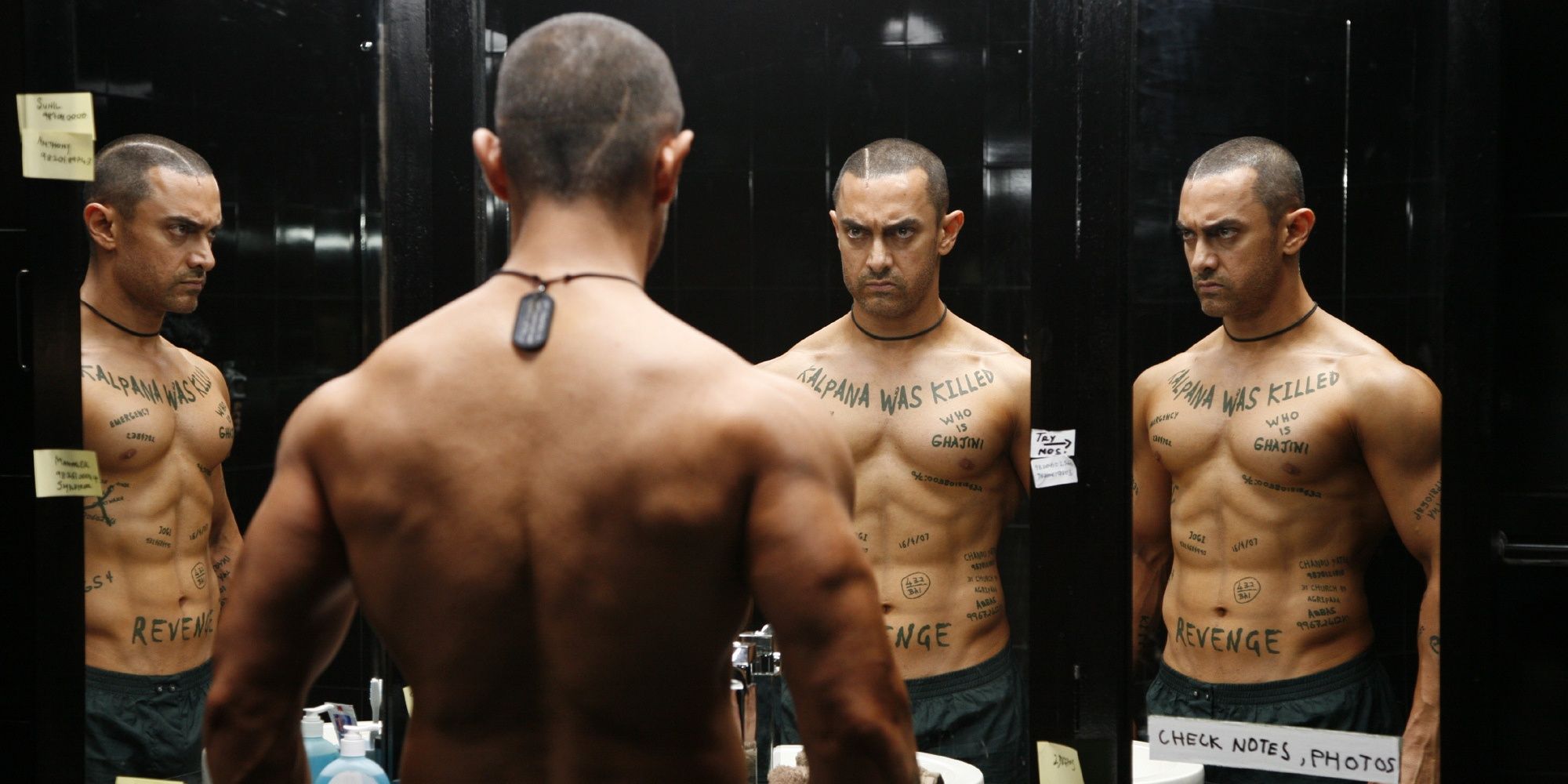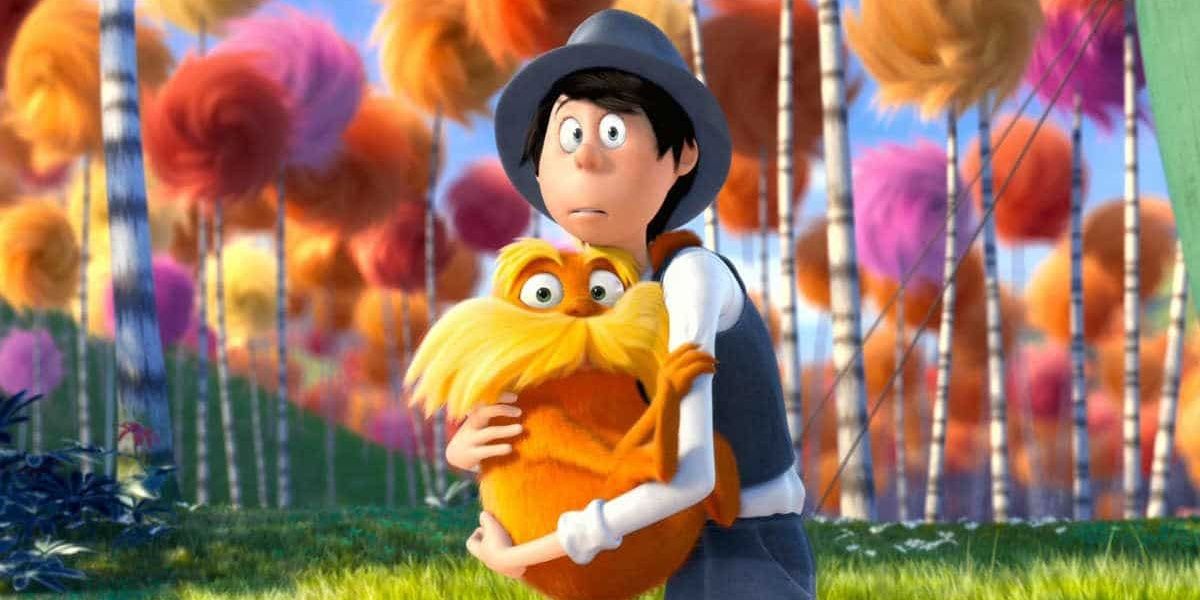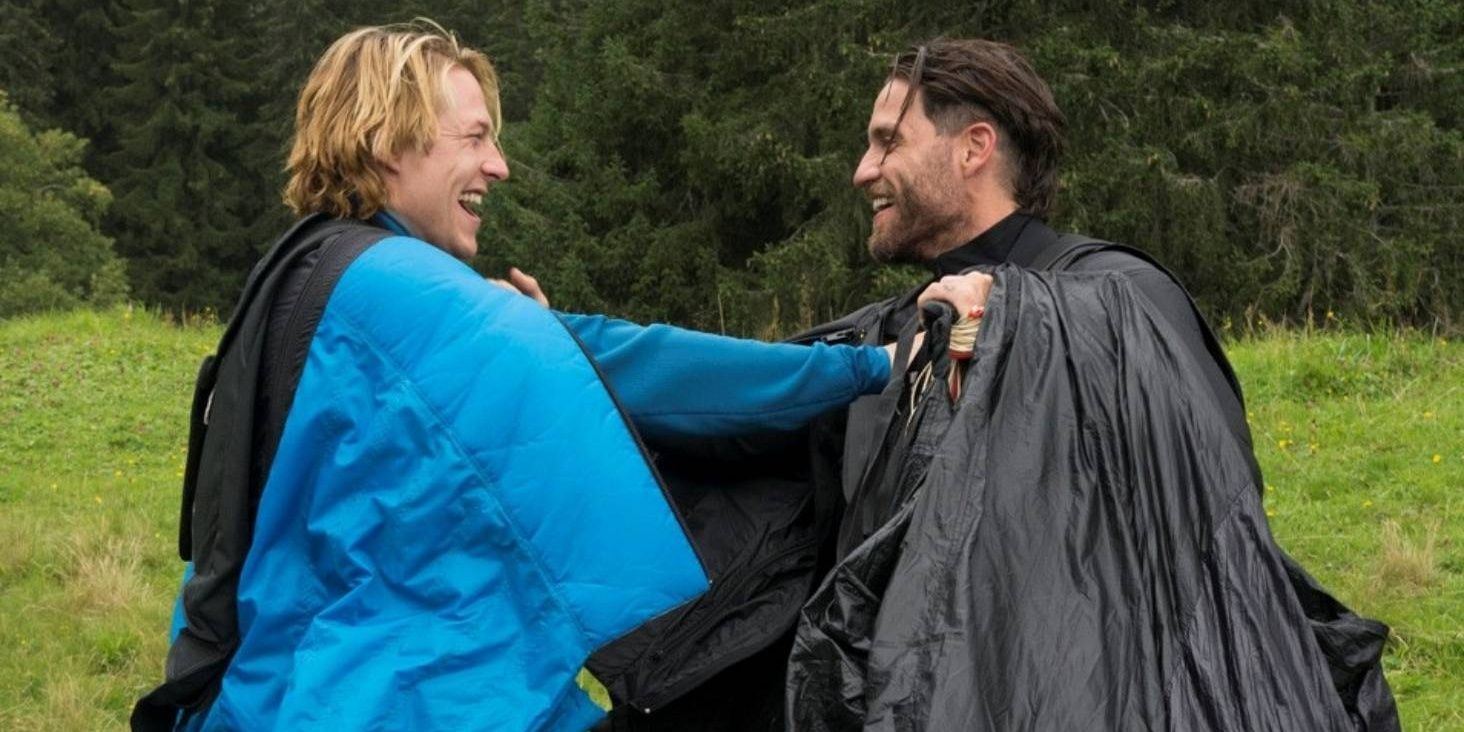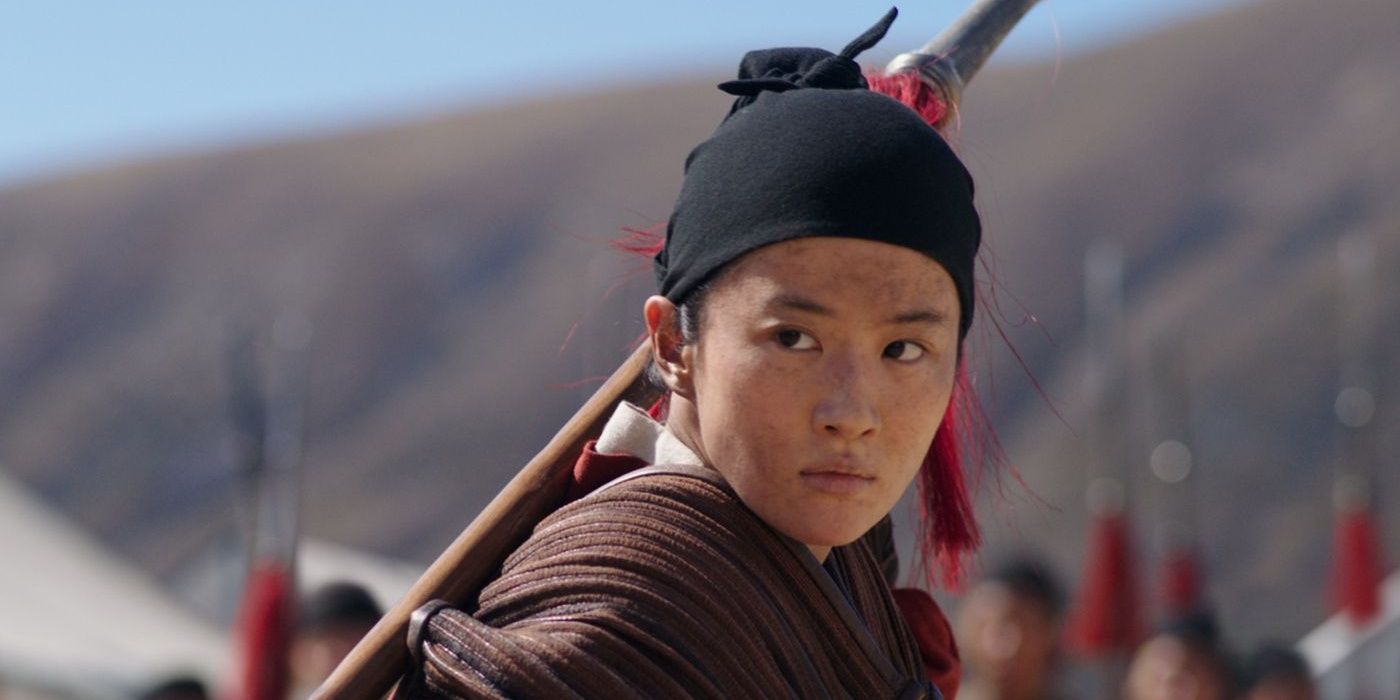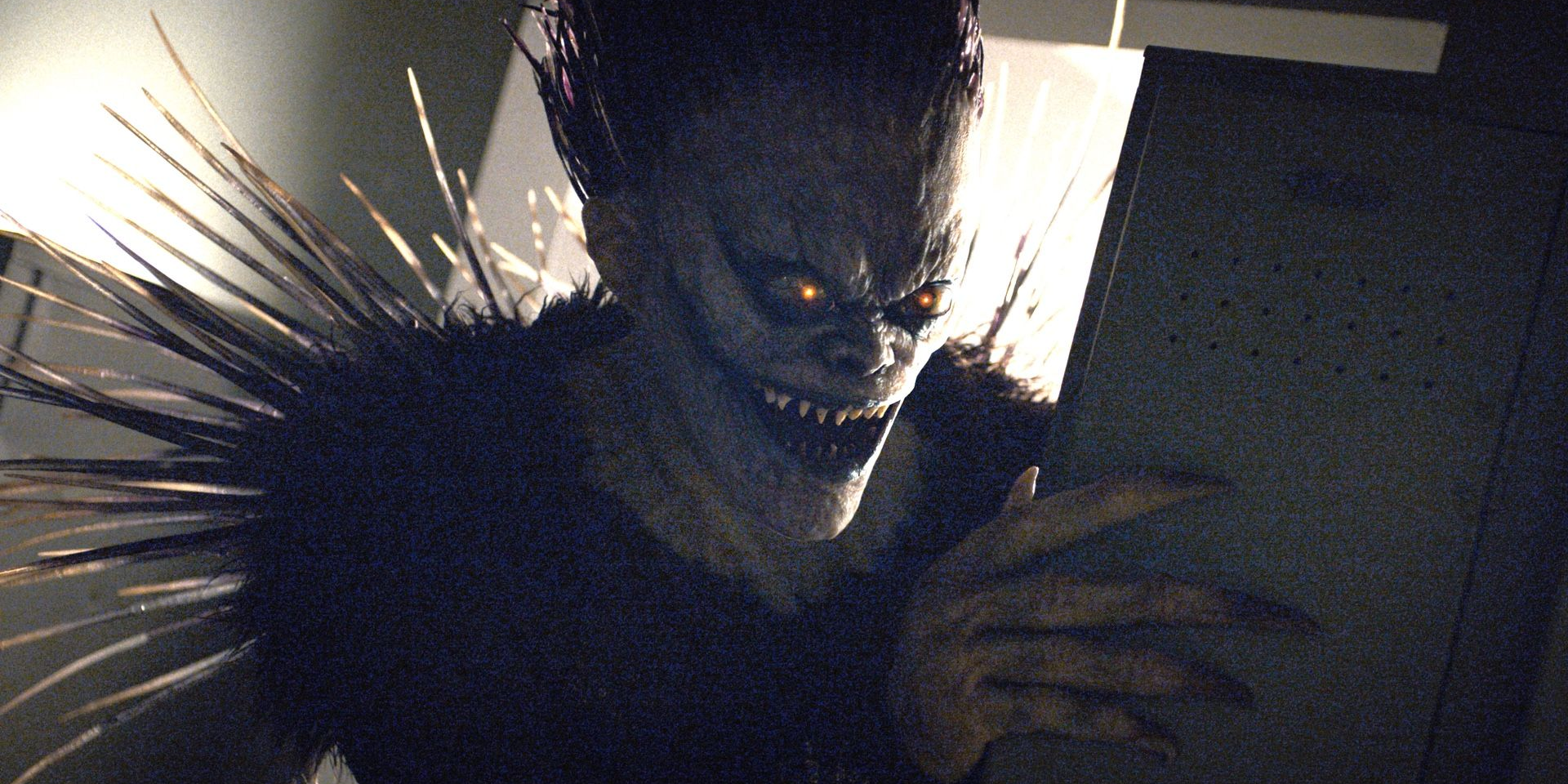It’s no secret that most movie remakes (AKA "re-interpretations," "re-adaptations," or whatever new buzzword marketers come up with this week) are just plain bad. For every amazing re-boot that improves on the original, like Suspiria, there are at least a dozen, like Spike Lee’s 2013 Oldboy, that insult audiences' intelligence.
It’s extraordinary when a film is remade by a director who either completely misunderstands the original movie or seems to have a distaste for it. Sometimes, it’s clear that the intellectual property should have just been left alone or given to a different creative team who would treat it with the respect it deserves.
‘The Great Gatsby’ (2013)
Few directors are less suited to direct an adaptation of F. Scott Fitzgerald’s classic novel, The Great Gatsby, than Baz Luhrmann. As critics have once again noted after the release of Luhrmann’s newest project, Elvis, Luhrmann is a director who cares about style over substance. His style is appropriate for the campy and flamboyant Moulin Rouge or his wacky, comedic debut, Strictly Ballroom. Still, 2013’s The Great Gatsby is entirely antithetical to the whole point of the narrative. The parties in The Great Gatsby are supposed to symbolize the titular characters' desperate posturing and emotional emptiness. In this re-adaptation starring Leonardo DiCaprio, Luhrmann is fascinated by the vulgar displays of opulence and superficiality that Fitzgerald criticized.
Luhrmann's wild costumes, insane production design, frantic editing, and heavy use of digital effects are acceptable if contained exclusively to the parties, but they are inappropriately exploited in every scene, regardless of the setting. Instead of a healthy visual contrast between Gatsby’s faux peacocking and real-life emotionality, Luhrmann doesn’t know when to reel it in. There have been four adaptations of the book, but none have been particularly significant (though the 1974 film is the closest to getting it right). Tobey Macquire is miscast as Nick Carraway, the POV character who a Michael York-type should play. Hollywood has yet to learn that it’s impossible to recapture the magic of Fitzgerald’s legendary prose on celluloid.
‘Ghajini’ (2008)
The cardinal rule of filmmaking is “show, don’t tell." The 2008 Bollywood flick, Ghajini, is like a film class on how not to write a script. Christopher Nolan’s mind-melting, Memento instantly became one of the most acclaimed works of the 21st century. Everything in Memento is expressed through inventive visuals and the unreliable narration of the broken lead character. The Indian remake Ghajini, however, throws all that nuance out the window in favor of a blunt and pandering movie experience.
Ghajini begins with a neurosurgery professor explaining the film's premise to his students. Apparently, these medical students are so dense that the professor needs to hammer kindergarten-level biology into them - “the brain is the most important organ… It’s the brain that controls every body part… the brain is the king of all human body parts” — these lines of dialogue are spoken verbatim within 30 seconds of each other. This is only in the first three minutes of the movie, and the awful expository dialogue doesn’t get any better.
Memento is most famous for its unconventional story structure and intricate mystery plotting. But this is absent from Ghajini. When the forgetful protagonist, Sanjay (Amir Khan), wakes up and reminds himself that his girlfriend was murdered, he goes into an unintentionally hilarious Hulk-like rampage. The acting is appalling, the cinematography is equivalent to an outdated late '90s music video, and the editing choices are ones you would expect to find in a Zucker Brothers farce. There are also some shoddy speed ramping effects and obnoxious musical stings. Ironically, Ghajini is entirely worth your time. It’s an uproarious experience that will keep you laughing throughout, though that wasn’t their intention.
‘The Lorax’ (2012)
Illumination Entertainments' 2012 animated film The Lorax is one of the most insulting movies ever made. Dr. Seuss's picture book promoting environmentalism is one of his most beloved works. Its anti-pollution, pro-regulation messaging is even more relevant today than when the book was released in 1971. The 2012 movie starring Danny DeVito, Taylor Swift, and Zac Efron is an insincere product that is nothing more than a giant advertisement. It infamously has over 70 product tie-ins, from Mazda to Comcast.
An impressive monument to capitalism, Illumination Entertainment appropriates the book’s sincere message for the sake of this underwhelming kids' flick. The tragedy is that there already exists a perfect adaptation of The Lorax. The 1972 animated television special, written by Seuss himself, is even better than the book! Unfortunately, 40 years later, The Lorax has been successfully disemboweled, skinned, and mounted by the very system he fought against.
‘Point Break’ (2015)
Katheryn Bigelow’s Point Break is one of the pinnacle action movies of the 1990s. It’s got a simple but effective hook. An “F-B-I AGENT" played by Keanu Reeves is tasked with infiltrating and bringing down a gang of bank robbers who also happen to be surfers. It’s a potentially goofy premise treated with the utmost respect by the creative team. Audiences fell in love with Patrick Swayze’s sensitive, enlightened thief, Bodhi, and his bromance with Reeves’s Johnny Utah.
In the forgettable remake helmed by Ericson Core, the lead roles don't carry the same charisma (Édgar Ramírez and Luke Bracey). Swayze’s Bodhi was the villain, but with the help of thoughtful directing and the actor’s enduring charm, we still love him. The 2015 remake has to overcompensate for Bodhi’s lack of magnetism by turning him into a Robin Hood-esque environmentalist.
Point Break (2015) is ironically stuck in the mindset of the 90s. The producers are under the mistaken impression that the “Ultra EXTREME” posturing of the bank robbers in the original movie was the film's draw. The remake dials the “EXTREME” factor up to 11, incorporating snowboarding, BMX stunts, and parkour into half a dozen intricate heists pulled off by Bodhi’s posse. Johnny Utah's tattoos are some of the ugliest tattoos ever worn by a protagonist. Point Break (2015) isn’t memorable or exciting enough to get angry about.
‘Downhill’ (2020)
Ruben Östlund’s 2014 dramedy, Force Majeure, is one of the best and most accessible foreign films of the 21st century. It features some of the most hilariously awkward scenes in recent memory. It’s an insightful, cringe-comedy about a family on a skiing vacation in the French Alps, grappling with the fallout caused by a split-second cowardly act by the family’s patriarch, Tomas (Johannes Bah Kuhnke). Cinephiles were quick to write off the 2020 American remake, Downhill, as soon as it was announced. The casting of Will Ferrell as the father, "Pete," was met with disdain, as Ferrell’s typical comedy stylings are about as far removed from the charm of Force Majeure as possible.
The subtlety of the original is hacked away in Downhill. Force Majeure is noteworthy for its ingenious subtext. Characters share a seemingly innocent dialogue with each other, but the line deliveries imply so much hidden resentment. There’s nothing in Downhill open to interpretation. The music is insistent, and the subtlety of the original is gone. Downhill is a full half-hour shorter than Force Majeure, meaning the long, uncomfortable pauses are mostly absent, and the hilarity of the absurd situations is not given the appropriate time to breathe.
gone
‘Mulan’ (2020)
Let’s be honest, pretty much every “live-action” Disney has fallen short. Whether it’s Jon Favreau’s misguided, uncanny valley rendition of Lion King (2019), Guy Ritchie’s insubstantial Aladdin (2019), or Bill Condon’s bloated Beauty and the Beast (2017), Disney has a knack for taking a cherished '90s animated classic, “modernizing” it, then completely stripping it of its heart and soul. Mulan (2020) illustrates everything wrong with this current phase of Disney remakes. Instead of the plucky, headstrong heroine of the animated musical, Yifei Li’s Mulan is an overpowered blank slate.
In place of the catchy, fan-favorite musical numbers, the remake has… nothing. Mulan is somehow 30 minutes longer than the original while also communicating far less. There’s no Mushu here. The fun, fire-breathing sidekick played by Eddie Murphy isn’t “gritty” enough for this interpretation, apparently. His absence is necessary to make way for unimpressive acting and battle sequences that lack weight and consequences. A movie with a horribly controversial production, Mulan (2020), massively underperformed at the box office, mainly due to the COVID-19 pandemic. Unfortunately, this hasn’t damaged Disney’s commitment to squeezing every drop of profit out of Mulan, as a sequel is on the way.
'Death Note' (2017)
Director Adam Wingard is no stranger to reboots that fundamentally misunderstand the original. His soft reboot/belated sequel to the Blair Witch Project, 2016’s Blair Witch, lacks all the verisimilitude that made the 1999 found footage film such a phenomenon. Wingard followed Blair Witch (2016) up with his 2017 American reimagining of the popular anime (and subsequent Japanese movie adaptations) Death Note. Fans of Death Note were so taken aback by the disrespect shown to the source material and had to question, does Adam Wingard even understand the appeal of Death Note?
The Death Note anime (and, to a lesser extent, the Japanese live-action flicks) are not gory or full of teeny-bop drama and jump-scares. Wingard’s 2017 Netflix adaptation has an abundance of them, opting for contrived thrills rather than the intricate game of cat-and-mouse that defines the anime. One has to wonder if Wingard even wanted to make a Death Note movie, as the film is more akin to Final Destination than anything. Light Yagami is one of the most monstrous, Machiavellian geniuses in TV history, rivaling (and in certain aspects, surpassing) the likes of Walter White or Dexter Morgan. Yet, Light Turner (Nat Wolff) is a bumbling, annoying buffoon who is about as threatening as a damp sponge. It’s honestly a little impressive how much Death Note (2017) misses the mark. Tonally, it tries so hard to be edgy, but it comes off as pitiful and desperate.

-4.jpg)
.jpg)
